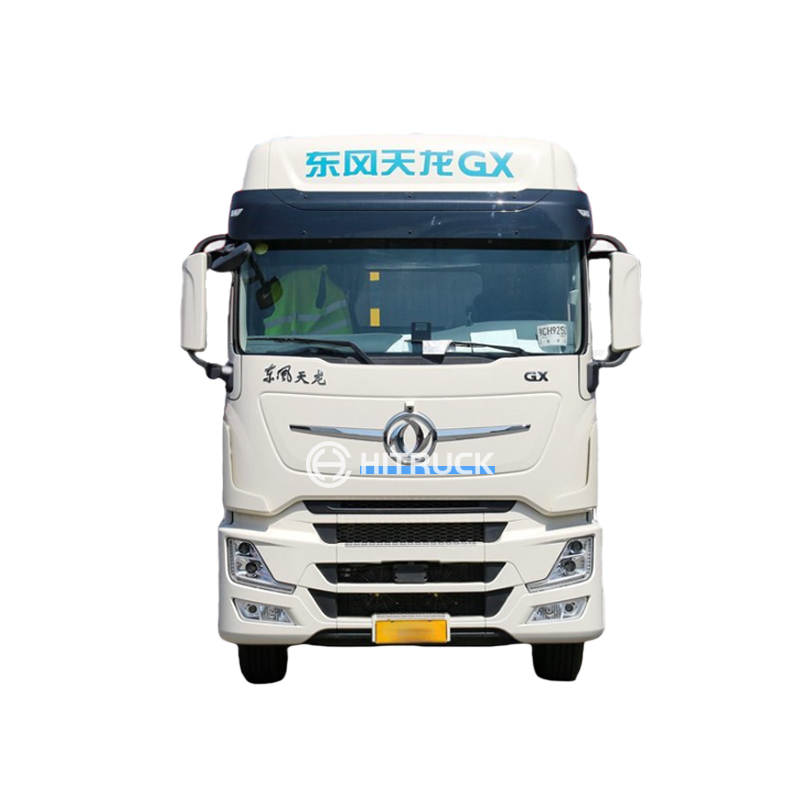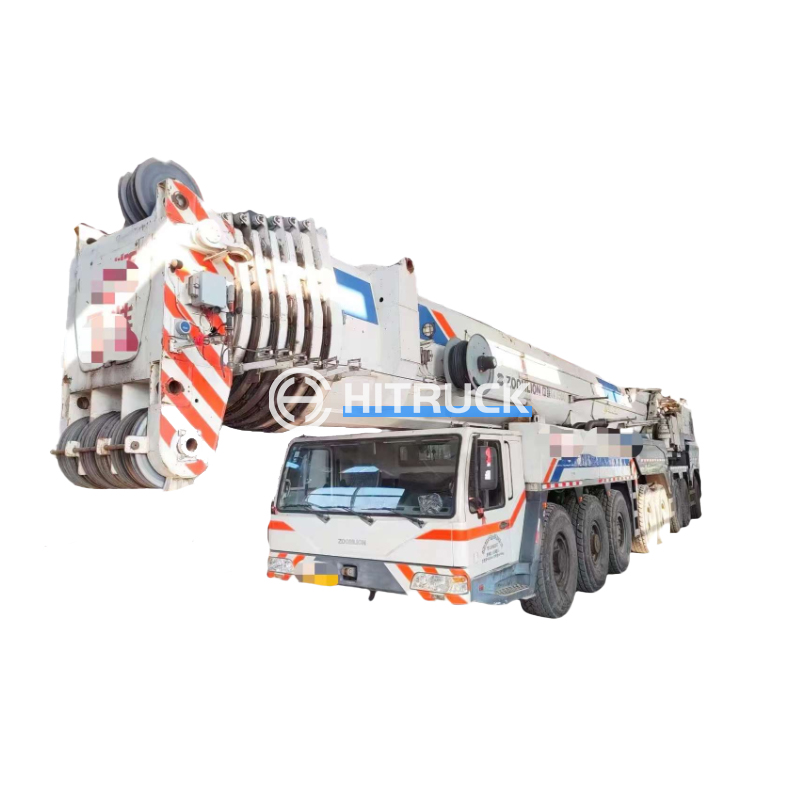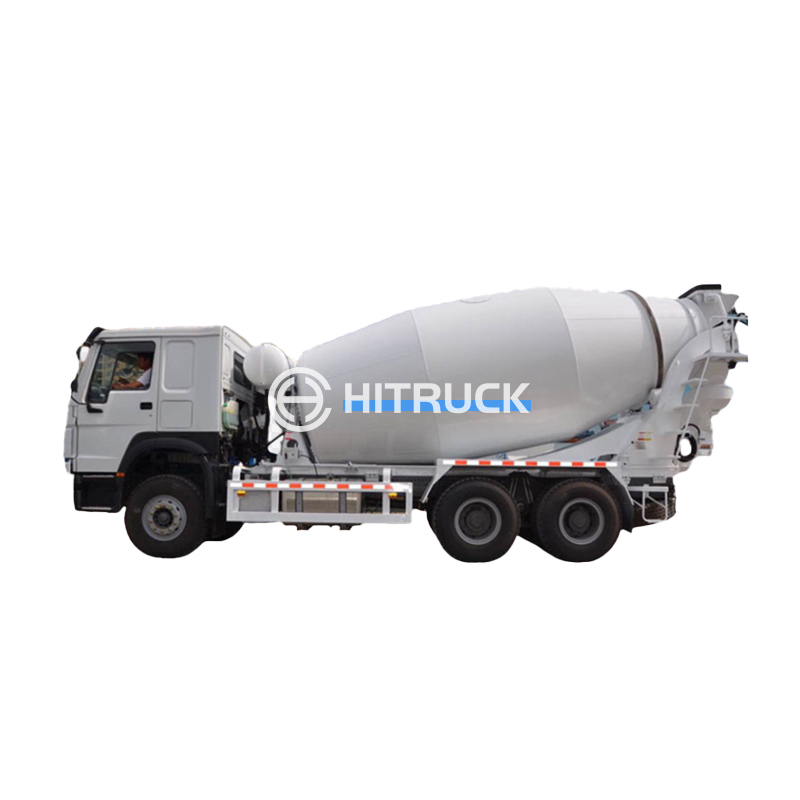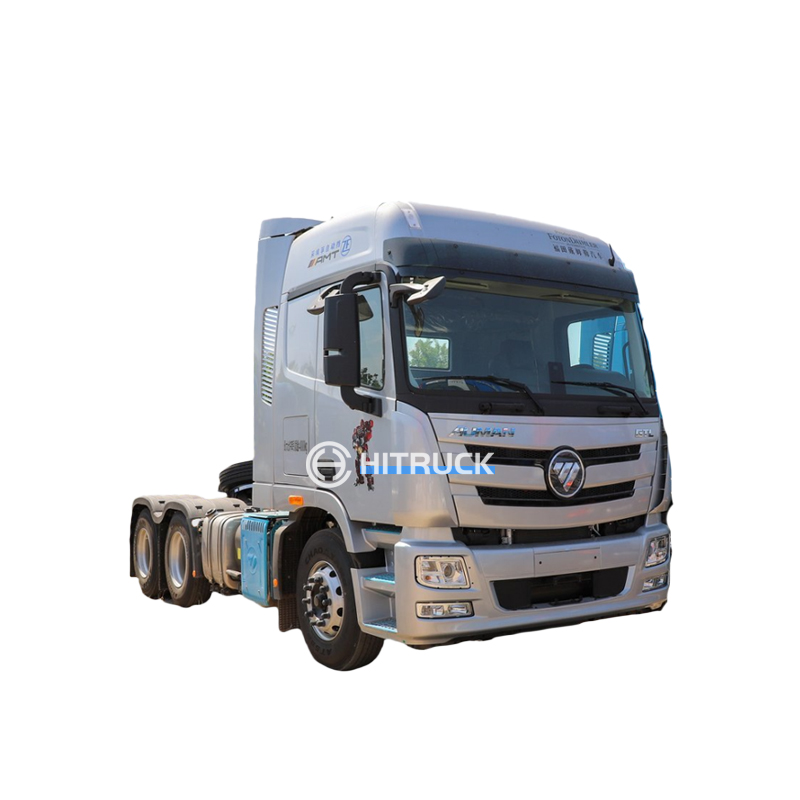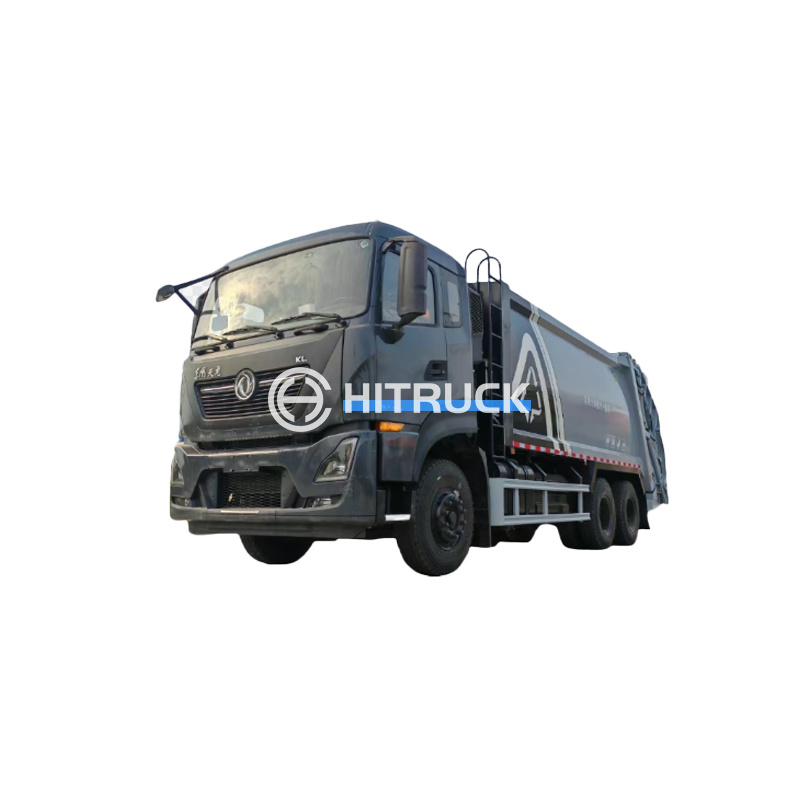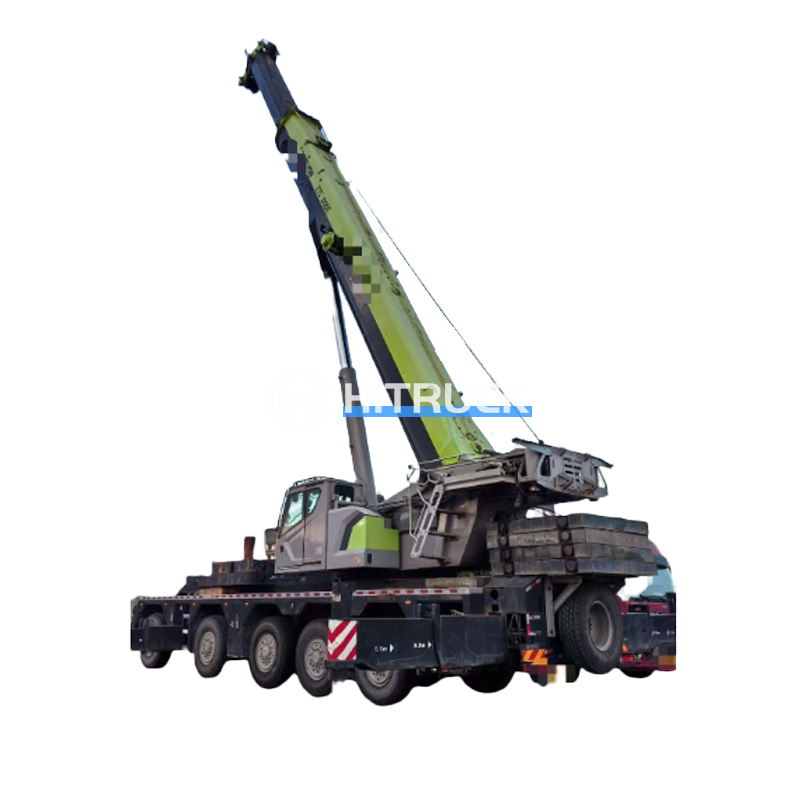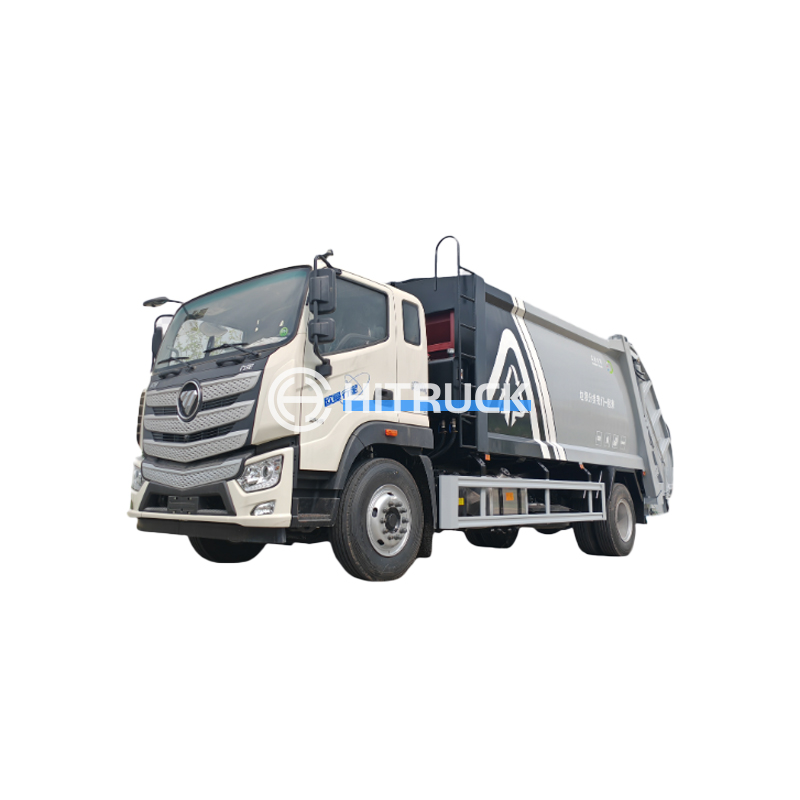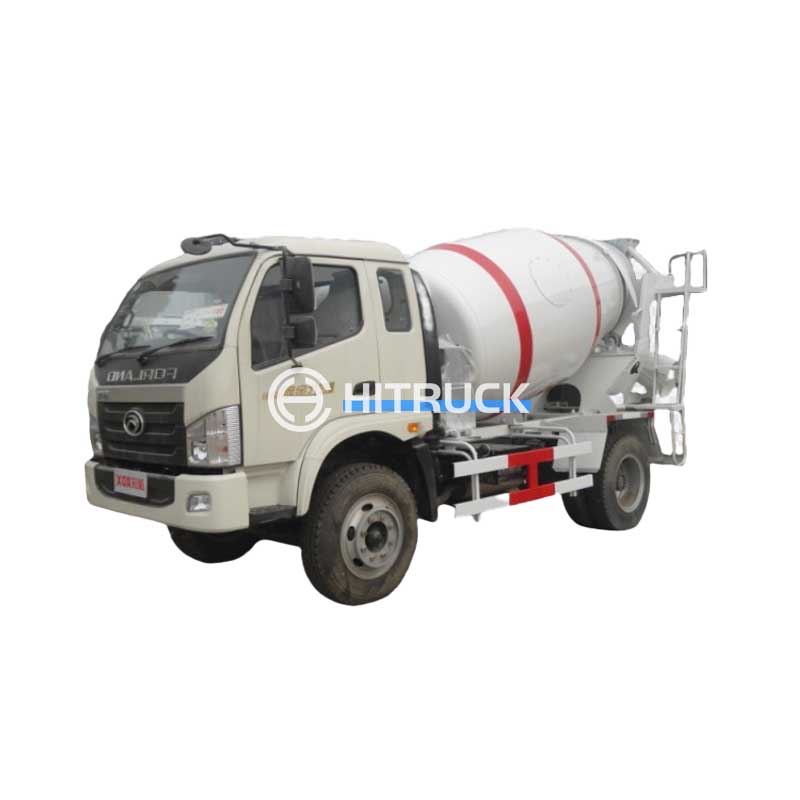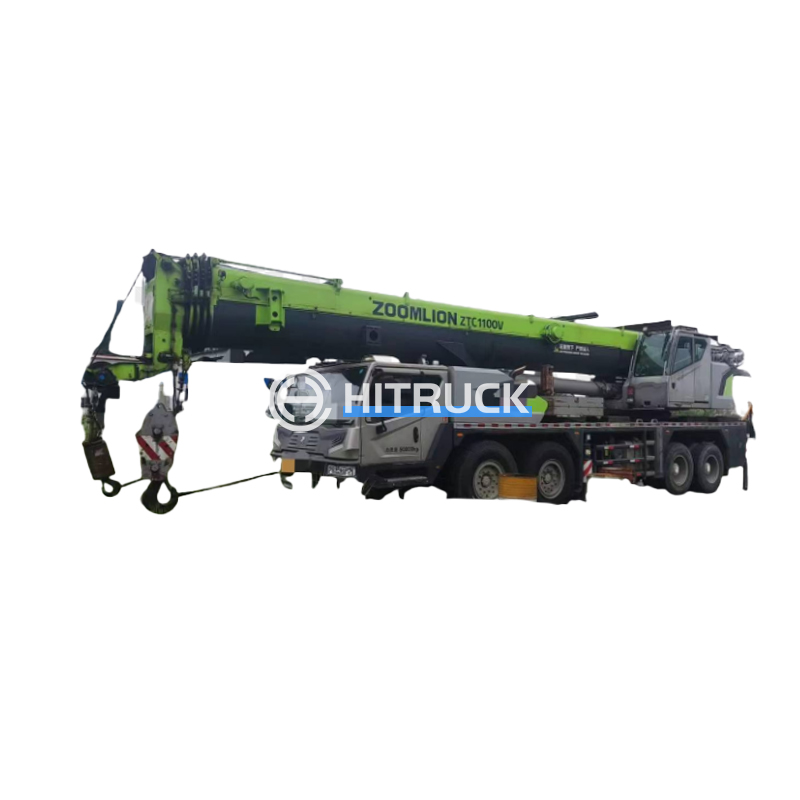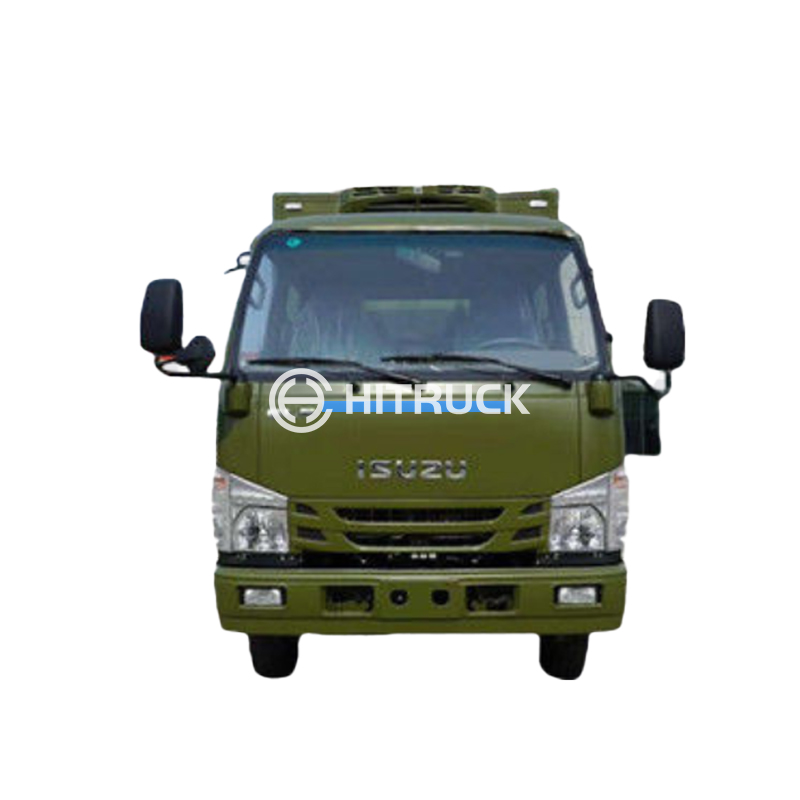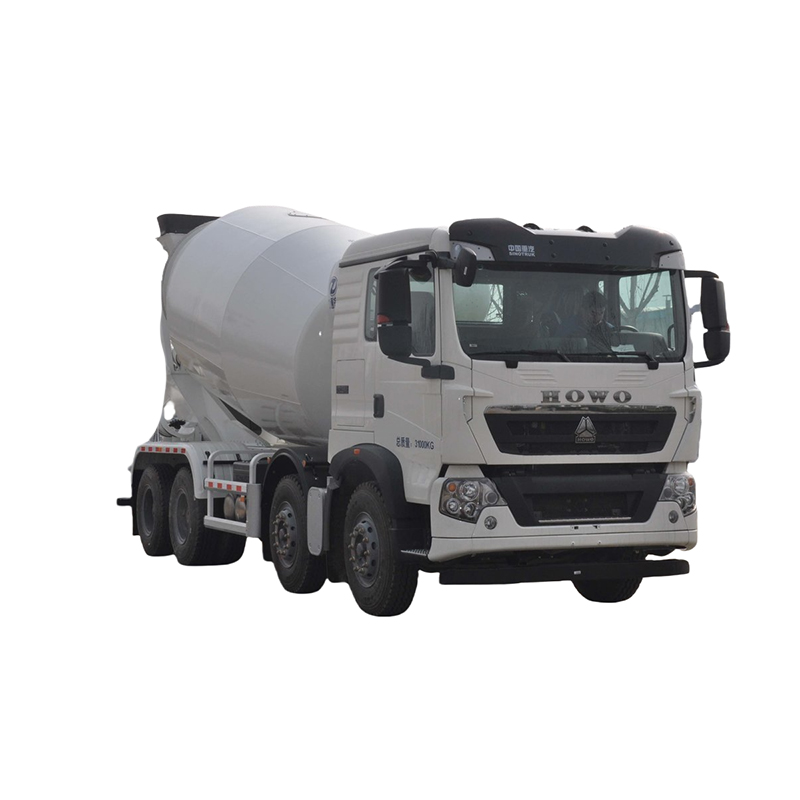Cold Plate Reefer Truck: A Comprehensive GuideCold plate reefer trucks offer a compelling alternative to traditional refrigeration systems, providing efficient and reliable temperature control for various applications. This guide explores the technology, benefits, and considerations involved in choosing a cold plate reefer truck.
Understanding Cold Plate Technology in Reefer Trucks
Unlike traditional vapor-compression refrigeration systems,
cold plate reefer trucks utilize a network of cold plates integrated directly into the truck's walls or floor. These plates circulate a refrigerant, typically a glycol-based solution, to maintain a consistent temperature within the cargo area. This direct-contact method ensures efficient heat transfer and precise temperature control.
Advantages of Cold Plate Reefer Trucks
Improved Efficiency: Cold plate systems boast higher energy efficiency compared to traditional systems, leading to lower fuel consumption and reduced operating costs. This translates to significant savings over the vehicle's lifespan. Precise Temperature Control: The direct contact of the cold plates allows for more precise temperature regulation, minimizing fluctuations and ensuring optimal conditions for temperature-sensitive goods. Reduced Maintenance: Fewer moving parts mean less maintenance is required, reducing downtime and overall operational costs. This simplifies upkeep and extends the lifespan of the refrigeration system. Enhanced Durability: Cold plates are generally more robust than traditional refrigeration components, offering improved durability and resistance to damage from vibrations and impacts common during transit. Environmentally Friendly: Many modern
cold plate reefer truck systems utilize eco-friendly refrigerants with lower global warming potential, contributing to a reduced carbon footprint.
Disadvantages of Cold Plate Reefer Trucks
Higher Initial Cost: The initial investment in a
cold plate reefer truck might be higher compared to trucks with traditional refrigeration. Limited Capacity: Cold plate systems might have limitations in terms of cooling capacity compared to larger, more powerful traditional systems, making them less suitable for extremely large or high-heat-generating loads. Repair Complexity: While generally requiring less maintenance, repairs to the cold plate system can be more complex and potentially more expensive than those for traditional systems. Finding specialized technicians might also be a challenge.
Choosing the Right Cold Plate Reefer Truck
Selecting the appropriate
cold plate reefer truck hinges on several factors, including: Cargo Type and Volume: Consider the specific goods you will be transporting and the volume to determine the necessary cooling capacity. For temperature-sensitive pharmaceuticals or perishable foods, precise temperature control is paramount. Route and Operating Conditions: The climate, distances covered, and frequency of operation will influence the energy efficiency and overall performance of the refrigeration system. Budget: Weigh the initial cost against the long-term operational savings and maintenance costs. Maintenance and Support: Ensure access to qualified technicians and reliable maintenance services for the type of cold plate technology chosen.
Cold Plate Reefer Truck Manufacturers
Several reputable manufacturers produce
cold plate reefer trucks. Researching their specifications and reputation is crucial before making a purchase. Contacting Suizhou Haicang Automobile sales Co., LTD at
https://www.hitruckmall.com/ might provide you with additional options and insights.
Maintenance and Best Practices
Regular maintenance is crucial for prolonging the lifespan and efficiency of your
cold plate reefer truck. This includes periodic inspections of the cold plates, refrigerant levels, and other components. Adhering to manufacturer recommendations regarding maintenance schedules and best practices is critical.
Comparison of Cold Plate and Traditional Reefer Trucks
| Feature | Cold Plate | Traditional |
| Initial Cost | Higher | Lower |
| Operating Cost | Lower | Higher |
| Maintenance | Lower | Higher |
| Temperature Control | More Precise | Less Precise |
Disclaimer: This information is for general guidance only. Always consult with a qualified professional for specific advice related to your needs. This article does not endorse any specific manufacturer or product.

